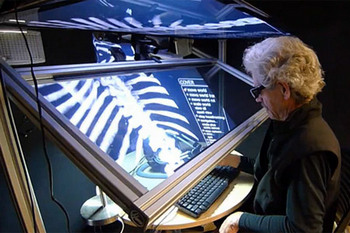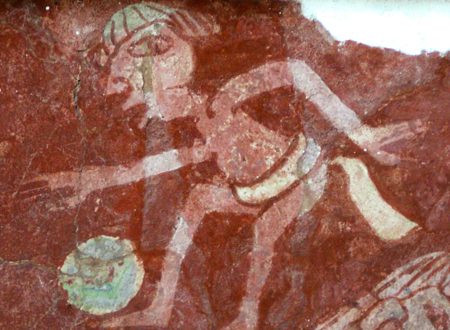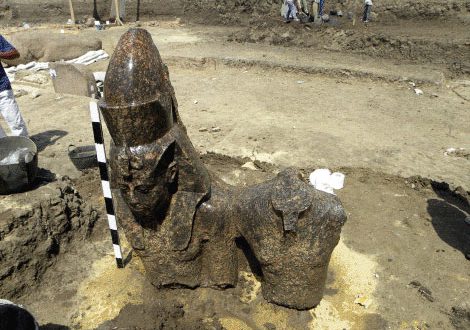Egypt will host an international conference next March for countries seeking the return of ancient indigenous treasures being kept in foreign museums, the Sydney Morning Herald reports. Dr. Zahi Hawass, Secretary General of the SCA and deputy-Culture Minister, said the conference – with Greece, Italy, China and Mexico attending – would be a world first.
”We expect around 12 countries to participate, possibly several more,” Dr.Hawass told the Herald. ”There is a moral imperative for museums around the world to return certain artefacts to the countries they came from, and we are going to identify how we can help each other to increase the pressure on the keepers of those artefacts.” Dr. Hawass added, ”I am calling on all nations who want their important artefacts returned to attend the conference.”
Egypt is demanding the return of six iconic pieces that are among the world’s most famous archaeological discoveries. “We own that stone, the motherland should own this,” Dr. Hawass told an Al-Jazeera audience two years ago, referring of course to the Rosetta Stone that now takes pride of place in the British Museum. Dr Hawass lists a top five “objects that Egypt, the homeland of the pharaohs, does not have”: The Rosetta Stone and Nefertiti’s bust; the Dendera Zodiac in the Louvre; the Statue of Hemiunu (the architect of the Great Pyramid) in Hildesheim Museum and the Bust of Ankhhaf (architect of Khafre’s Pyramid) at the Museum of Fine Arts, Boston. Add to that the mask of Ka-Nefer-Nefer, purchased by the St. Louis Art Museum in 1984, and you have Dr. Hawass’ big ‘must have (back) six.
A German delegation is scheduled to meet with Dr. Hawass tomorrow to discuss the return of the Nefertiti bust – other say Dr. Hawass will travel to Germany at the end of December, after his London Book Tour. Dr. Hawass is expected to reclaim the bust, stating it left Egypt illegally – kidnapped by Ludwig Borchardt, you might say. The Louvre will of course counter that the bust was aquired legally – and that it is now to fragile to make the long journey to Egypt – although ‘the Queen’ was perfectly fit to travel to the Neues Museum. Should the Neferitit bust be returned to Egypt? We’ve listed the ‘jok’ and ‘njets’ here, do join the team you’re on in the comments!
As for the Rosetta Stone, Hawass first asked the British Museum to lend the Rosetta Stone to Egypt for a temporary display at the opening of the Grand Egyptian Museum. However, he was angered when the BM’s trustees asked him to provide assurances that the stone would be safe: “The standards of our new museums in Egypt are better than the standards of security at the British Museum and therefore I decided that we are not going to ask for a loan. We are going to bring it back for good,” said Hawass. He is unlikely to make a formal request for the permanent return of the stone until next spring.
Earlier this year Dr. Hawass severed ties with the Louvre – and suspended its excavations – because he said it was refusing to return a series of artefacts that were stolen from Egypt in the 1980s. ”We banned all archaeological expeditions connected with the Louvre from being allowed to work in Egypt. It didn’t take them long to return the pieces.”
With thousands of artefacts sold on the black market over the past 100 years, Dr. Hawass has tightened security at Egypt’s air, land and sea borders. The Herald also reports on new laws that come into force this month mean that anyone found guilty of trying to smuggle artefacts will face up to 25 years in jail – which makes me wonder; is that sign ‘smuggling drugs will cost you at least one hand’ still up at the Cairo airport?
Should the Rosetta Stone, the Benin Bronzes, the Elgin Marbles and so forth return ‘home’? Or do they have a more noble cause, as ambassadors for the nations they originate from? Join the discussion on Heritage Key!





